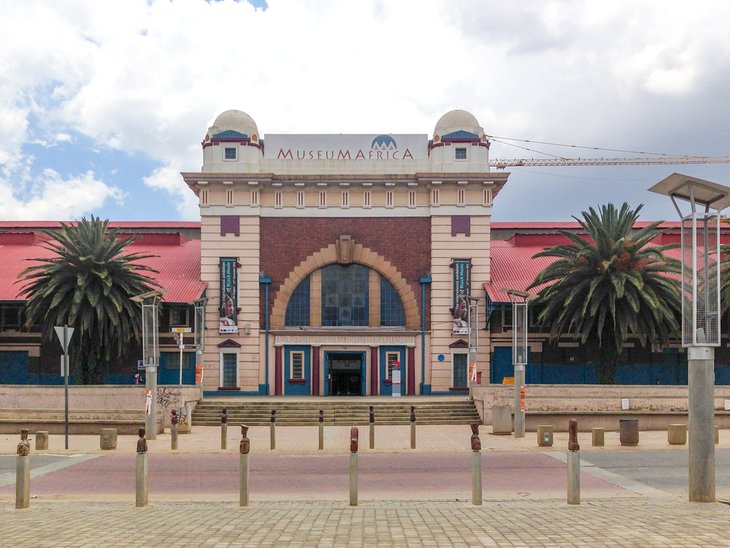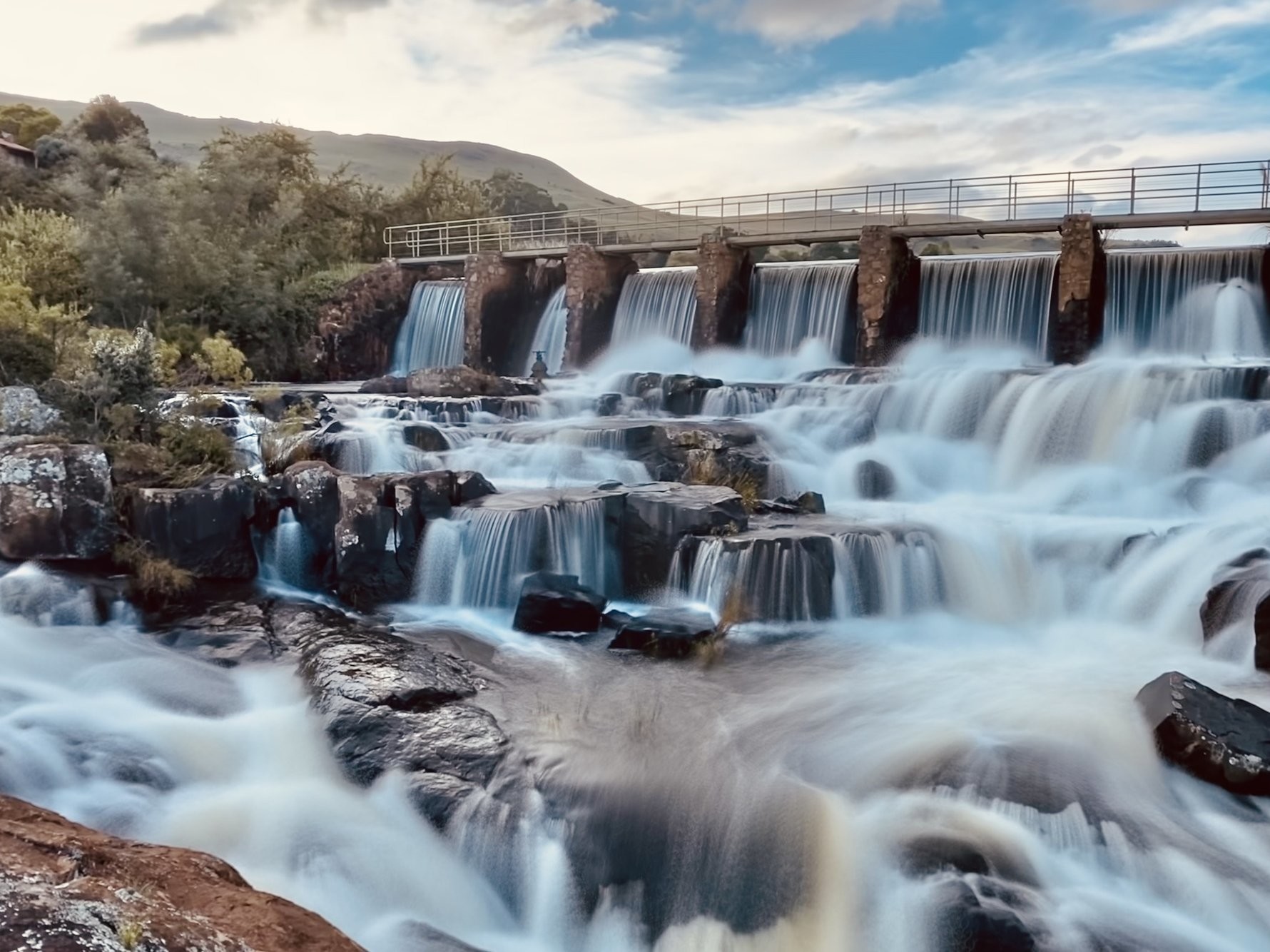What Does Johannesburg North Attractions Do?
What Does Johannesburg North Attractions Do?
Blog Article
The Definitive Guide for Johannesburg North Attractions
Table of ContentsThe Ultimate Guide To Johannesburg North AttractionsSome Known Details About Johannesburg North Attractions Johannesburg North Attractions Things To Know Before You BuyThe Greatest Guide To Johannesburg North AttractionsGetting The Johannesburg North Attractions To WorkJohannesburg North Attractions for DummiesThe Buzz on Johannesburg North Attractions
Nevertheless you must maintain safety and security in mind and tourists must stay alert at all times when in strange surroundings. Talk to the citizens when you remain in community to discover the area you are remaining in. Johannesburg North attractions. When on the road (this doesn't put on shopping center and other safe settings) finest general guidance is to attempt your finest to look like a regional and to avoid presenting any form of wide range
The Main Principles Of Johannesburg North Attractions
Teacher Revil Mason O. J. (Thomson, 1946) discovered the Witwatersrand's pre-colonial background. His archaeological work took off the 'em pty land' misconception, according to which the region was empty of human habitation before the arrival of European settlers. In his magazines Prehistory of the Transvaal: A Document of Human Activity (1962) and Beginnings of Black Individuals of Johannesburg and the Southern Western Central Transvaal AD 3501880 (1986 ), Teacher Mason showed the extent of social and financial advancement in the area prior to Europeans set foot here.

The Best Strategy To Use For Johannesburg North Attractions
In 1878, David Wardrop located gold in quartz capillaries at Zwartkop, north of Krugersdorp. In 1881, Stephanus Minnaar came across gold on the ranch Kromdraai, near the Cradle of Mankind.
In March 1886, an outcropping (quickly to be called the Key Reef) was found, fairly luckily, on Gerhardus Oosthuizen's farm Langlaagte. Some say that the Lancastrian coal miner George Pedestrian found this reef. An additional travelling English prospector, George Harrison (who had actually formerly worked in Australian mines) gotten a prospecting permit in regard of Langlaagte in May 1886.
He chose to relocate on in a mission for greener pastures, and disposed of his Langlaagte case for the handsome amount of 10. Alas: underneath lay the richest goldfield ever before discovered. The exploration of this abundant auriferous coral reef provoked a gold thrill that signified the end of bucolic tranquillity in the southern Transvaal.
It would, within six years, come to be the biggest community in southerly Africa. Within a decade, it would certainly make the Z. A. R. until then an anarchical and insolvent little state the most affluent nation in Africa. By the turn of the century, the Z. A. R. was to go beyond Russia, Australia and the United States of America to come to be the world's leading gold manufacturer, generating even more than a quarter of the globe's gold.
How Johannesburg North Attractions can Save You Time, Stress, and Money.
It was called Ferreira's Camp, called after Colonel Ignatius Ferreira. He was a Boer traveler upon whom the British authorities had bestowed the condition of Friend of the Most Differentiated Order of St Michael and St George (qualifying him to the post-nominal letters C. M. G.) in gratitude for his role in the battle that had deposed the Pedi king Sekhukhune in 1879.
Quickly the camp was including tents and wagons as newcomers arrived daily from everywhere. By September 1886, some 400 people lived in Ferreira's Camp, which quickly flaunted upraised iron and timber buildings. Two various other camps were established: Meyer's Camp on the farm Doornfontein, and Paarl Camp. The latter was nicknamed Our site Afrikander Camp; lots of people from the Cape Swarm settled there.

Johannesburg North Attractions Can Be Fun For Anyone
This name got money by word of their explanation mouth, such that the State Secretary verified the name to the Mining Commissioner on 9 October 1886. Stands in the town were auctioned on 8 December 1886. While some stands were cost 10, others were knocked down for just sixpence.
2 years later on, these erven were to alter hands for as much as 750 each. The tented camps diminished as a dorp of corrugated iron buildings established and broadened north of the mines located along the Key Reef Roadway. Areas such as Jeppe's Community (where working-class immigrants erected their dwellings) and Doornfontein (where the affluent new 'Randlords' began to construct their extravagant homes) were soon contributed to the ever-expanding map of the town.
Johannesburg North Attractions Fundamentals Explained
Apart from the road names, there were no indications of Johannesburg being positioned in a Dutch-speaking country., almost every person spoke English and also the Federal government servants resolved one in English, unless they were initial dealt with in the Taal (or Low Dutch)'.
Britain had a rate of interest in ensuring ideal conditions Bonuses for gold production on the Witwatersrand, and that the gold was exported to London instead than Berlin a crucial rendered all the a lot more clamant by the Z. A. R.'s increasing toenadering with Germany. Mine owners got on a clash with Head of state Kruger, whose policy of monopolistic giving ins (frequently approved to his cronies) prevented mining business from acquiring supplies of materials (specifically dynamite) and work on their own, cheaper terms
The Buzz on Johannesburg North Attractions
In 1890, the Volksraad had restricted the franchise business to white guys who had lived in the Z. A. R. for fourteen years or longer, thus invalidating many of the immigrants (that took place to be the significant factors to the fiscus). Anxiety for the vote was a simple pretext for advertising a various program; many uitlanders regarded themselves as temporary visitors and had no objective of staying in the Z.
Report this page